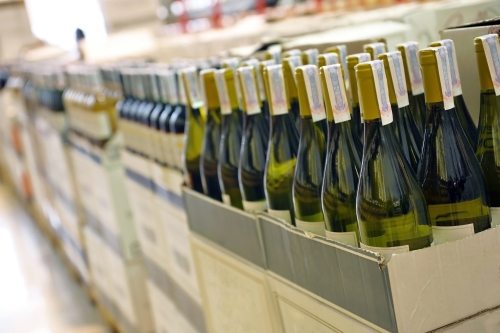Augmented reality (AR), which blends the real and virtual world together, has emerged as one of the most exciting technologies in the intelligent packaging space for several food and drinks brands, finds GlobalData.
However, despite the initial novelty of AR packaging, it is unlikely that a lot brands will incorporate it into their products.
AR packaging is a marketing technique in which an interactive element will be incorporated in packaging to stand out from competitors and drive sales.
Yili Weikezi, a milk drink in China, had recently introduced a unique take to packaging within the milk industry.
Partnered with popular local singer Han Lu, the packaging incorporates a digital voiceprint which consumers can scan with a smart phone to play audio messages creating a more immersive experience.
The technology allows brands to deliver an immersive experience to consumers through a potentially low investment.
The majority of the cost revolves around the initial app development and graphic designs.
It does not entail additional materials, avoids any major package or production redesigns and can be incorporated into any existing products.
However, consumers would lose interest in AR packaging relatively quickly, particularly if it was readily available all of the time.
It would need to be continually refreshed and even then the novelty would likely wear off.
Similarly, if a lot of brands have AR packaging the benefit of being able to stand out from the competition is reduced.
In addition, the effects of AR are not easily measured and can be subjective.
According to GlobalData’s 2016 Q3 survey, 41% of consumers globally said that they are rarely/never influenced by ‘digitally advanced/smart’ aspects of food products.
“AR packaging works well for short term promotional campaigns either for one brand or in partnerships with others,” said consumer analyst Ryan Choi.
“Nevertheless, AR packaging offers brands a marketing tool, allowing for a highly innovative and immersive experience – and this will define the success of AR packaging campaigns during the short term they are used.”










